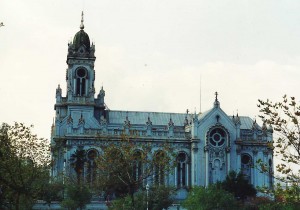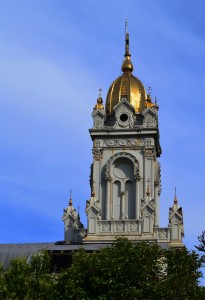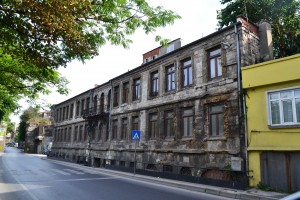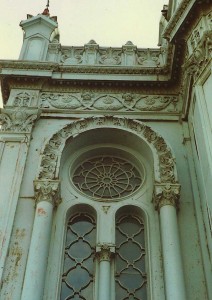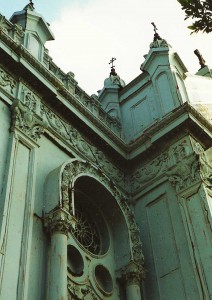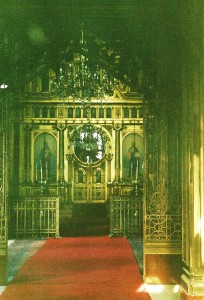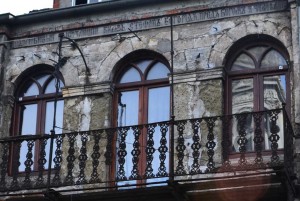This odd building is representative of the Balkanisation of the Orthodox church that has taken place over the centuries. The Bulgarian minority used to use the Greek Patriarchate as their base in Istanbul. However, the movement for Bulgarian rights within the Ottoman Empire began to gain power through the 19th century. The Ottomans classified minorities by religion, which meant that Bulgarians came under the administration of the Greek Patriarchate. This meant that Bulgarians could not establish schools or celebrate mass in their own language. By the 1860s, nationalist movements in the northern part of Bulgaria had replaced Greek church leaders with Bulgarian in defiance of the rulings if the Patriarchate. A wooden house in the location of the current Church of St Stephen (41.031671,28.949575) was donated and converted into a Bulgarian church in 1849. This was unignorably close to the Greek Patriarchate.
Angry religious nationalism was a threat to stability in the tottering Ottoman Empire so something had to be done. The 1870 firman (royal decree) of Sultan Abdulaziz granted the Bulgarians the right to establish their own church (an exarchate, because it was not recognised by the Greek Patriarchate). The firman was read out amidst great celebration in the church. The Patriarchate officially closed the church. The rebels then held a service in Bulgarian and proclaimed autocephaly, meaning that the Bulgarian Church was no longer answerable to the Greek church. Things went badly at the 1872 Ecumenical Council in Constantinople in which the Bulgarians were excommunicated, their nationalistic demands condemned as heresy and the exarchate branded as schismatic. Exarch Antim I was exiled by the Ottoman government in 1877 for sympathy with the Russians in the recently declared Russo-Turkish war. The Bulgar movement didn’t go away and, inevitably, the wooden church burned down.
A new church was needed, the Bulgarian community had some powerful and rich backers and the designated ground for the church was on swampy, reclaimed ground. A plan for a light, prefabricated church with an iron frame was drawn up. The part were manufactured in Vienna, shipped down the Danube, down the Black Sea and began to arrive on the shore of the Golden Horn in 1896. The Bulgarian church remained a rather obvious entity and the Greek Patriarchate officially recognised it as an Orthodox church in 1953.
The iron church is a surprisingly attractive combination of bits of Gothic and Baroque casting. Once you know it is a prefab construction, you can see the joins but if you forget about that, it’s rather lovely. It is being restored at huge expense. As the first step, the dome was plated with gold in 2010, funded by money raised by the orthodox community of Plovdiv. More details here.

Categories: Uncategorized | No Comments »
